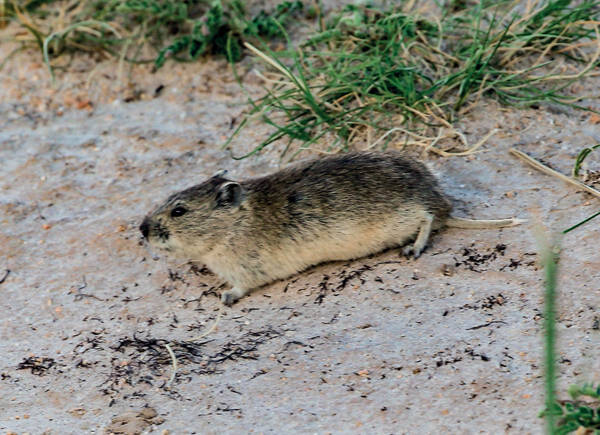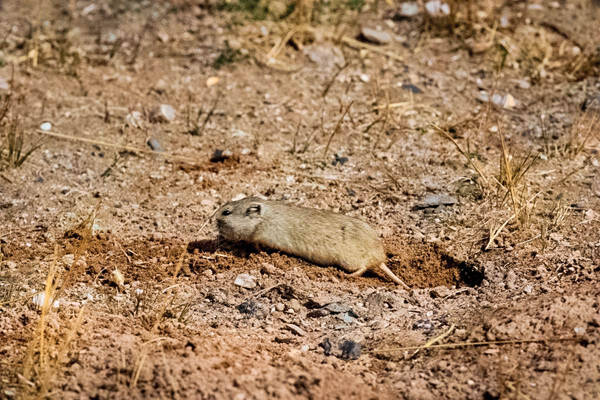Microtus fuscus
IUCN
LCBasic Information
Scientific classification
- name:Microtus fuscus
- Scientific Name:Microtus fuscus,Neodon fuscus,Microtus strauchi ,Microtus leucurus,Lasiopodomys
- Outline:Rodents
- Family:Rodentia Cricetidae P.Vole
Vital signs
- length:110-150mm
- Weight:
- lifetime:
Feature
The fur color on the back is strikingly yellow-brown.
Distribution and Habitat
It is endemic to China and is only distributed in Qinghai and Shiqu County in northwestern Sichuan.
Appearance
Body length 110-150mm, average about 135mm. The average tail length is 37mm, and the ratio of tail length to body length is less than 30%. The fur color on the back is strikingly yellow-brown. The incisors are large, orange in color, and tilted forward. The fur color on the ventral side is light yellow, and the color boundary between the back and ventral sides is obvious. The teeth on this species' skull are roughly the same as those of other voles, with the molars consisting of a series of triangular rings. But the mandibular 1st molar has only three closed triangles. The palatine bone is also different from that of voles, although the posterior edge of the palatine bone also forms a longitudinal ridge and is connected to the pterygoid bone, and forms pterygoid fossae on both sides of the longitudinal ridge. However, the longitudinal ridge is not very obvious, and the pterygoid fossa is not very obvious either. There are many small holes in the entire palatine and pterygoid bones
Details
Qinghai pine vole belongs to the subfamily Arvicolinae and is a larger species in the genus Arvicolinae. It is brownish yellow in color, which is different from other species. It lives in typical semi-desert grasslands and is a carrier of plague virus. The taxonomic status of this species has long been controversial and has been incorporated into three different genera. Liu Shaoying et al. (Liu et al., 2012, 2017) finally determined that this species belongs to the genus Arvicolinae through a combination of molecular systematics and morphology.










